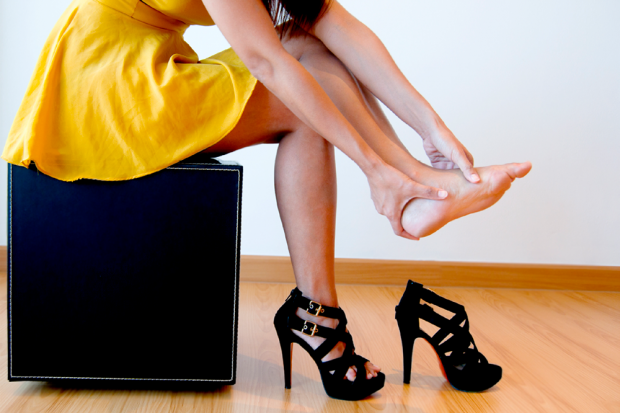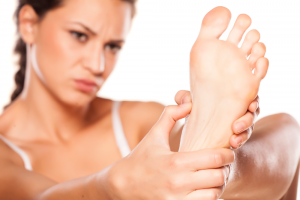Alarmed Forces How To Quickly Wake Up A Foot That Has Fallen Asleep
Try these fast fixes for paresthesia — the prickly, numb, “pins and needles” sensation commonly referred to as your foot falling asleep.
It’s tough for most people to jump straight out of bed, and it seems to be equally hard to quickly wake up a foot that has fallen asleep. But there are ways you can swiftly diminish that weird, tingly, numb feeling called paresthesia.
Fast Fix One: Change Positions
Paresthesia is due to both compressed nerves and reduced blood circulation from things like crossing your legs, so the first thing you need to do is change the position of the affected limb so the nerves can get back to properly communicating with your brain and your blood can begin flowing again.
Fast Fix Two: Stand Up
Standing up can help further straighten out the pinched nerves in your legs and feet as well as promotes better blood circulation. Try moving the affected foot in small circles, stretching your calf muscles and lightly standing on the foot that fell asleep to help it “wake up.”
Fast Fix Three: Shake It Out Or Walk It Off
If possible, walk around a little bit to reduce the tingling and help your body return to normal function. Of course, this is only possible if some of the normal feeling and strength has returned to the affected foot. If not, try gently shaking the numb limb to help reduce the pins and needles feeling.
Fast Fix Four: Get a Massage
Try applying pressure to your foot or have a friend or lover give you a foot and leg massage. This can help increase blood flow, reduce numbness and relax tense tendons and muscles.
Fast Fix Five: Soak Your Feet In a Foot Bath
Strained muscles and poor circulation are sometimes to blame for paresthesia, so try soaking your feet in a warm Epsom salt bath to boost blood flow and draw out muscle-tightening toxins. You may also want to try increasing your intake of minerals like calcium and magnesium, as well as vitamins B6 and B12. A lack of these nutrients can sometimes lead to painful foot and leg issues.
Notice concerning medical entries:
Articles having medical content shall serve exclusively for the purpose of general information. Such articles are not suitable for any (self-) diagnosis and treatment of individual illnesses and medical indications. In particular, they cannot substitute for the examination, advice, or treatment by a licensed physician or pharmacist. No replies to any individual questions shall be effected through the articles.






